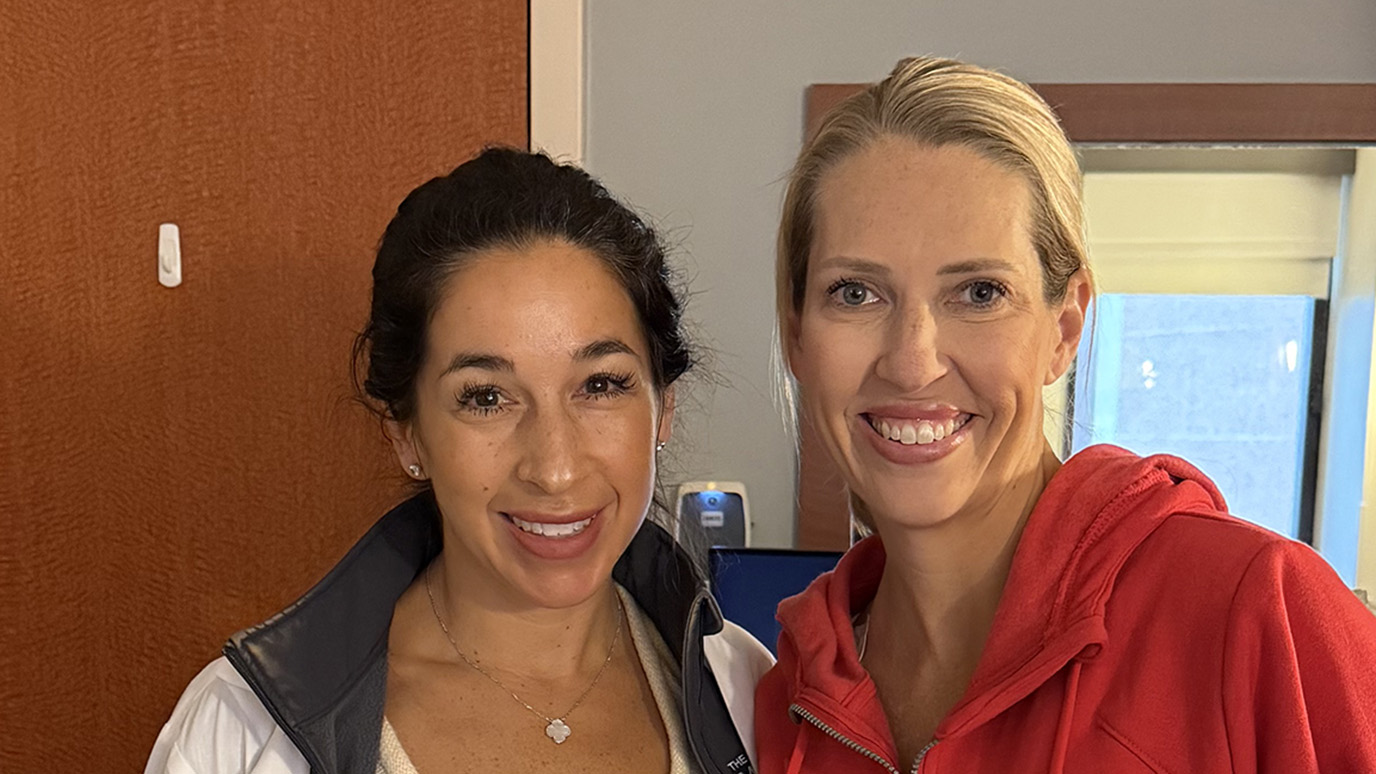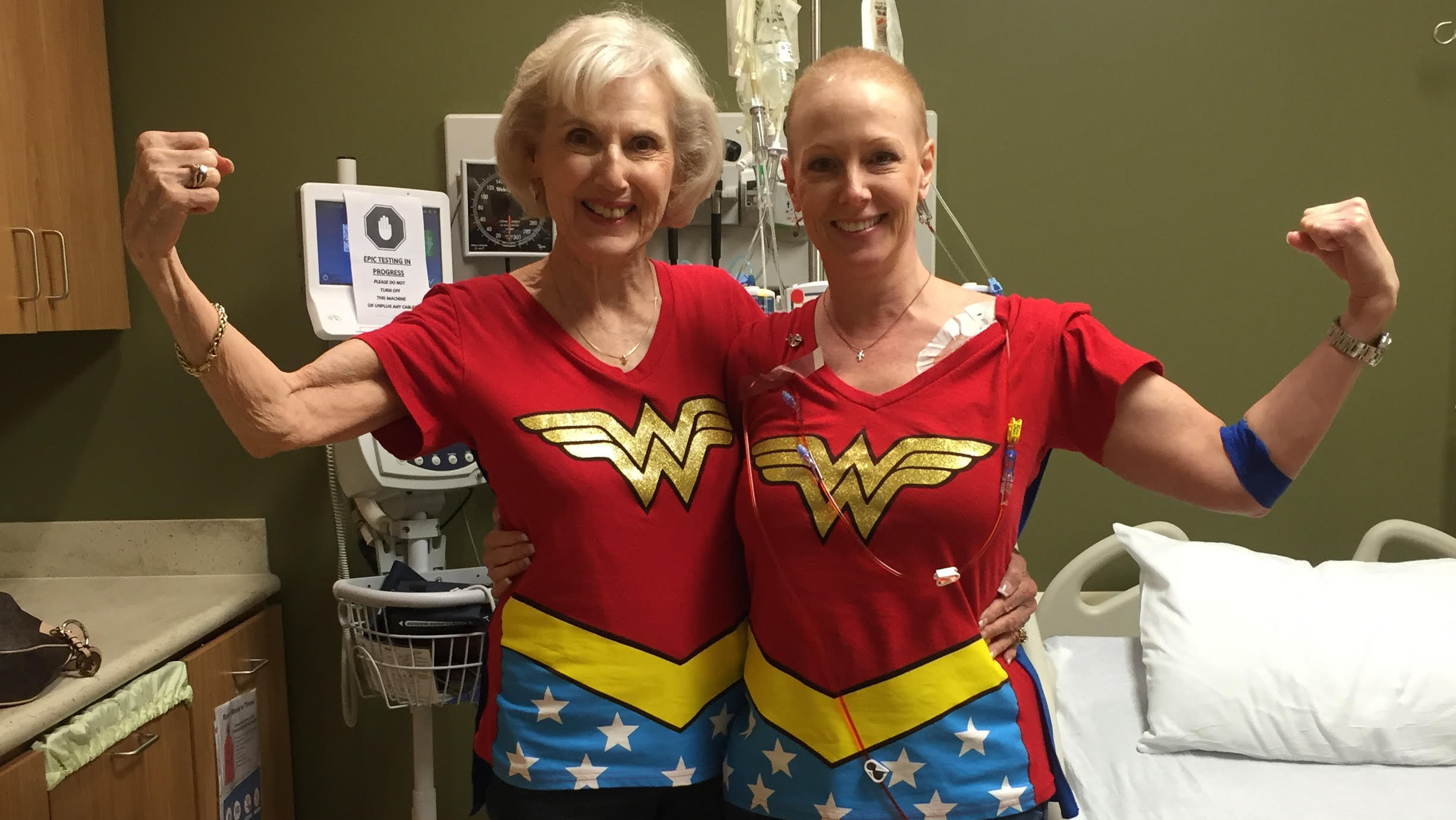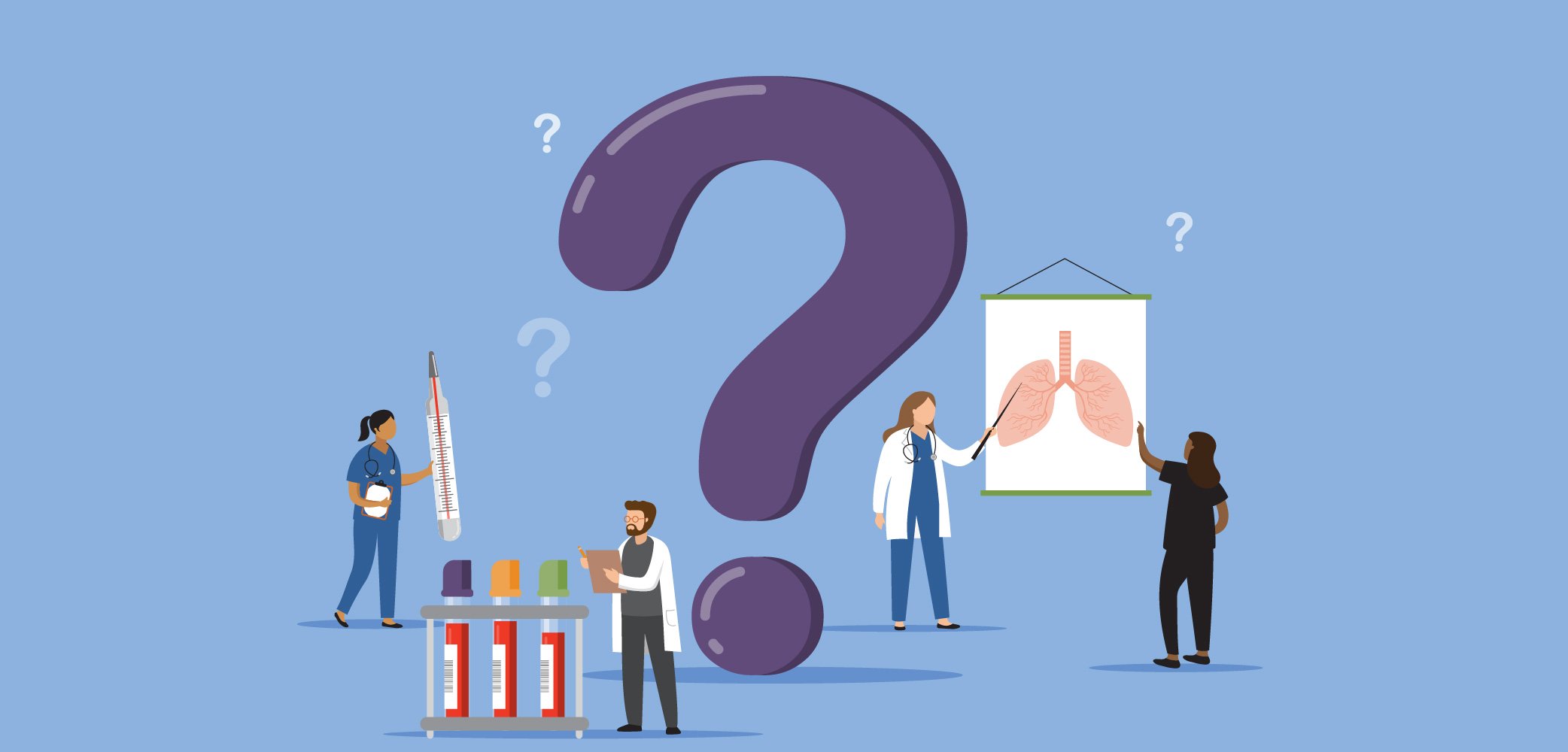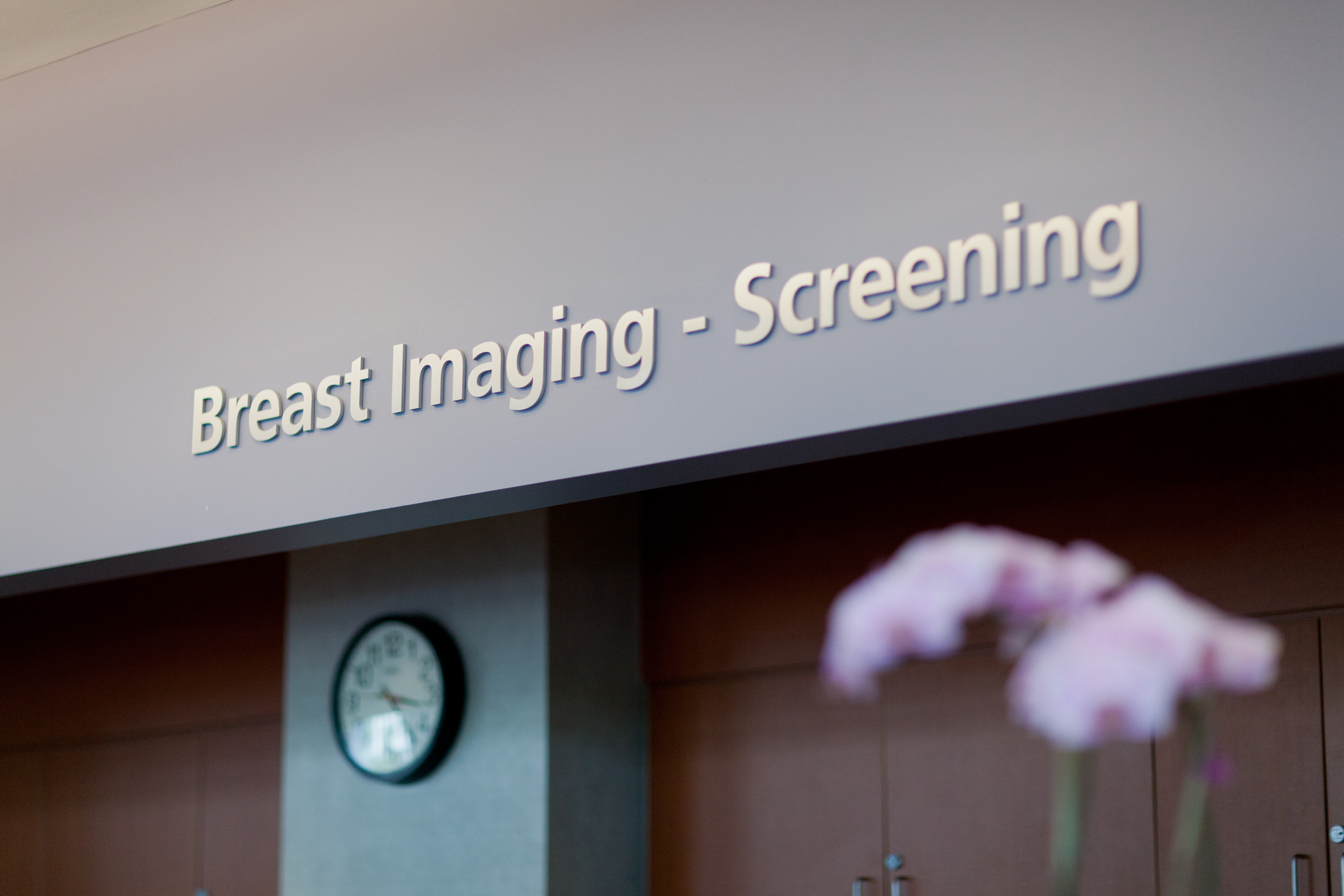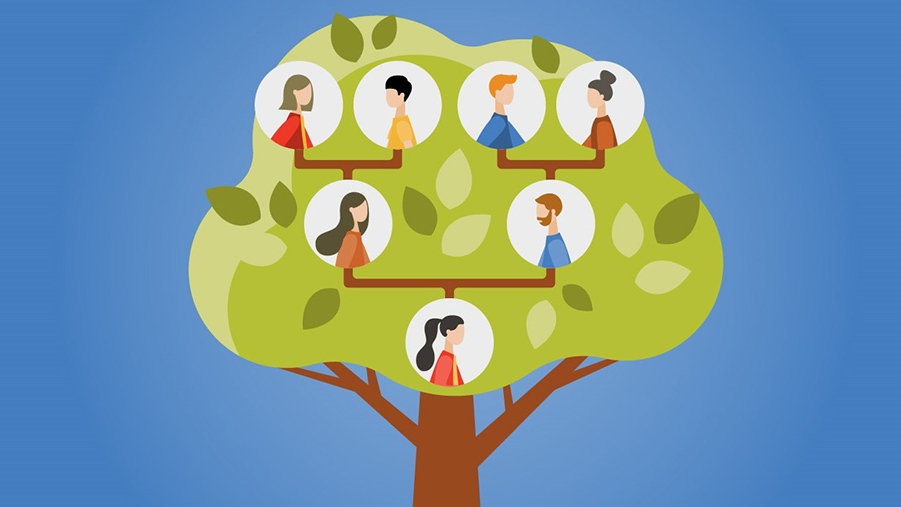- Diseases
- Acoustic Neuroma (14)
- Adrenal Gland Tumor (24)
- Anal Cancer (68)
- Anemia (2)
- Appendix Cancer (16)
- Bile Duct Cancer (26)
- Bladder Cancer (72)
- Brain Metastases (28)
- Brain Tumor (232)
- Breast Cancer (714)
- Breast Implant-Associated Anaplastic Large Cell Lymphoma (2)
- Cancer of Unknown Primary (4)
- Carcinoid Tumor (8)
- Cervical Cancer (158)
- Colon Cancer (166)
- Colorectal Cancer (118)
- Endocrine Tumor (4)
- Esophageal Cancer (44)
- Eye Cancer (36)
- Fallopian Tube Cancer (8)
- Germ Cell Tumor (4)
- Gestational Trophoblastic Disease (2)
- Head and Neck Cancer (12)
- Kidney Cancer (128)
- Leukemia (342)
- Liver Cancer (50)
- Lung Cancer (286)
- Lymphoma (278)
- Mesothelioma (14)
- Metastasis (30)
- Multiple Myeloma (100)
- Myelodysplastic Syndrome (60)
- Myeloproliferative Neoplasm (6)
- Neuroendocrine Tumors (16)
- Oral Cancer (100)
- Ovarian Cancer (172)
- Pancreatic Cancer (160)
- Parathyroid Disease (2)
- Penile Cancer (14)
- Pituitary Tumor (6)
- Prostate Cancer (146)
- Rectal Cancer (58)
- Renal Medullary Carcinoma (6)
- Salivary Gland Cancer (14)
- Sarcoma (238)
- Skin Cancer (296)
- Skull Base Tumors (56)
- Spinal Tumor (12)
- Stomach Cancer (64)
- Testicular Cancer (28)
- Throat Cancer (92)
- Thymoma (6)
- Thyroid Cancer (98)
- Tonsil Cancer (30)
- Uterine Cancer (80)
- Vaginal Cancer (16)
- Vulvar Cancer (20)
- Cancer Topic
- Adolescent and Young Adult Cancer Issues (20)
- Advance Care Planning (10)
- Biostatistics (2)
- Blood Donation (18)
- Bone Health (8)
- COVID-19 (362)
- Cancer Recurrence (120)
- Childhood Cancer Issues (120)
- Clinical Trials (632)
- Complementary Integrative Medicine (22)
- Cytogenetics (2)
- DNA Methylation (4)
- Diagnosis (232)
- Epigenetics (6)
- Fertility (62)
- Follow-up Guidelines (2)
- Health Disparities (14)
- Hereditary Cancer Syndromes (126)
- Immunology (18)
- Li-Fraumeni Syndrome (8)
- Mental Health (116)
- Molecular Diagnostics (8)
- Pain Management (62)
- Palliative Care (8)
- Pathology (10)
- Physical Therapy (18)
- Pregnancy (18)
- Prevention (918)
- Research (392)
- Second Opinion (74)
- Sexuality (16)
- Side Effects (604)
- Sleep Disorders (10)
- Stem Cell Transplantation Cellular Therapy (216)
- Support (402)
- Survivorship (322)
- Symptoms (182)
- Treatment (1786)
How four cancer researchers got their start and what motivates them
5 minute read | Published March 14, 2024
Medically Reviewed | Last reviewed by an MD Anderson Cancer Center medical professional on March 14, 2024
At MD Anderson, our care teams work hand in hand with scientists who bring the best treatments available today to our clinics while dreaming and developing the next wave of cancer therapies. Our Texas Medical Center Campus is home to hundreds of labs and thousands of scientists with expertise in different fields – all united by our singular goal to end cancer.
We asked four researchers – Lauren Colbert, M.D., Emil Schueler, Ph.D., Aria Vaishnavi, Ph.D., and Moran Amit, M.D., Ph.D. – how they got their start and what inspires them to continue their work. Here’s what they said.
Lauren Colbert, M.D.
I always loved science. I grew up in a smaller town in Indiana with horses and always planned to be an equine veterinarian. But when I was in college, I volunteered in a primary care clinic that provided free medical care, and I realized I loved taking care of patients and hearing their stories. From that experience, I knew I wanted to impact patients on a one-on-one basis and on a larger scale. In medical school, I found my way into a translational research program and honed my clinical research skills. When I came to MD Anderson for residency, I was so lucky to find several physician-scientist role models who encouraged me to dream bigger, use my creativity and really think outside the box about how our science could help our patients live longer and better lives.
I’m motivated by the amazing patients I see in my gynecologic radiation oncology clinic. I treat mostly cervical cancer, and while I wish my patients never had to face cancer in the first place, I am so honored to walk with them through their journey, and I go home every night thinking about what we can do better. One of my favorite things is seeing how excited they get talking about our research and how it might make a difference for future patients. I’m also motivated here by the incredibly brilliant, creative, thoughtful and collaborative scientists that I’m surrounded by at MD Anderson. I love brainstorming with other scientists. Often, the scientific ideas that come out of these conversations are bigger and better than anything I could ever have thought up alone. Seeing those ideas eventually come to fruition and translate into the clinic is the ultimate reward and motivates me to want to do it again.
Emil Schueler, Ph.D.
My interest in science and cancer research developed relatively late. I was always encouraged to pursue a solid education while growing up in Sweden, but research wasn’t something I was exposed to, and I was the first in my family to pursue a university degree.
At the end of my master's degree program, I got the chance to go to the University of Hawaii at Manoa to collect data for my thesis. This experience marked my first real exposure to research and led me to pursue a Ph.D. back in Sweden.
My interest in radiation physics evolved into radiation and cancer biology. Investigating the treatment-related side effects of radionuclide therapy became the focal point of my work. Seeing how physics and cancer biology could be combined to improve novel cancer treatments and new approaches that further our understanding of the biological processes involved to the benefit of our patients has since been the driving force of my scientific and clinical pursuits.
I’m very fortunate to be able to have one foot in the clinic and one foot in the research world, and that setting is what keeps me focused and motivated. At MD Anderson, we can build on the collective expertise of everyone – from basic scientists to clinicians – to pursue research questions and tackle problems that can only be solved with a multidisciplinary approach in a close collaborative environment.
Aria Vaishnavi, Ph.D.
I grew up at the Hanford Site in Washington State, which was originally created as part of the Manhattan Project. Hanford is the home of the first plutonium production site in the world and was used for the production of the first atomic bomb. My father is a nuclear scientist who worked on the clean-up project at the site, so I grew up encapsulated by this incredibly unique scientific world. As I got older, I developed a strong appreciation for disease-driven/health sciences based on my own personal interactions and interest in applying science to medicine.
I am motivated by both my own curiosity, as well as helping current and future cancer patients. I was introduced early in my Ph.D. by my graduate mentor, a physician-scientist, about the power of translational science in helping patients. He taught me how careful, rigorous research can be translated quickly to transform patient care. While I am not a physician, I continue to use those lessons every time I am thinking about or formulating my research questions and experiments.
Moran Amit, M.D., Ph.D.
When I was a kid, I loved doing experiments. I loved physics, chemistry and biology. Growing up in Israel, you could find me in my backyard, doing experiments, like trying to isolate water from plants. After I became a surgeon, I became drawn to answering clinical problems. You see that people are treating patients in a specific way, and you wonder why and if that’s the best way. Then you start to investigate this in a systematic fashion. Throughout my early career, I was fortunate to have really good mentors, like Ehab Hanna, M.D., George Calin, M.D., Ph.D., and Jeffrey Myers, M.D., Ph.D., who actually nurtured me and encouraged me to pursue answers, ultimately leading me to my heart and my passion, neuroscience.
I want to treat cancer patients, and I want to have more of an impact, which is why I became a surgeon scientist. Surgery is incredibly rewarding. At the start of a procedure, the patient has cancer, and at the end of it, he doesn’t. Lab research is slower, but it has the potential to impact way more patients. I love working at MD Anderson because I can do my research on one side of the street, and a year later, we can take a new treatment to the clinic on the other side of the street. I tell my lab that publishing our work in journals is great, but it’s just a steppingstone to bringing our work into clinical trials and making meaningful transformations for patients and their families.
Related Cancerwise Stories


